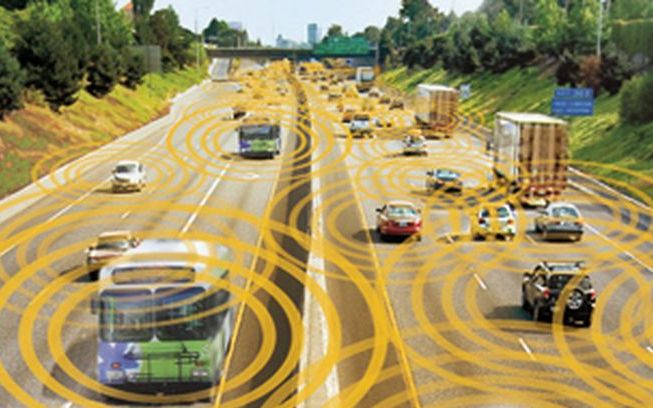Vehicle-to-vehicle and vehicle-to-infrastructure communication is fast becoming one of the biggest sea changes in transportation technology, following right behind the foot steps of self-driving vehicles.
The core essence of this technology allows cars, signs and traffic to communicate with one another over Wi-Fi-like airways, according to theverge.com. As such, drivers will have access to more information about the traffic and environment around them.
This technology is being trialled by the US Department of Transportation who are rolling out a large number of pilot programs throughout Manhattan and Brooklyn. Within these areas, traffic signals will be equipped with V2I hardware, while up to 10,000 city-owned vehicles with be fitted with V2V technology. Read more about the Dept. of Transportation initiative here.
The implications for V2V communication are huge. Imagine being warned of a chain-reaction collision several cars in front; similarly, a truck that has lost its load can send a message to warn drivers of the incident.
Remember the traffic chaos Sydney experienced earlier this year when a truck lost a load of dirt on the Harbour Bridge?? If only V2V technology had been in place then major traffic delays across the city may have been avoided.

